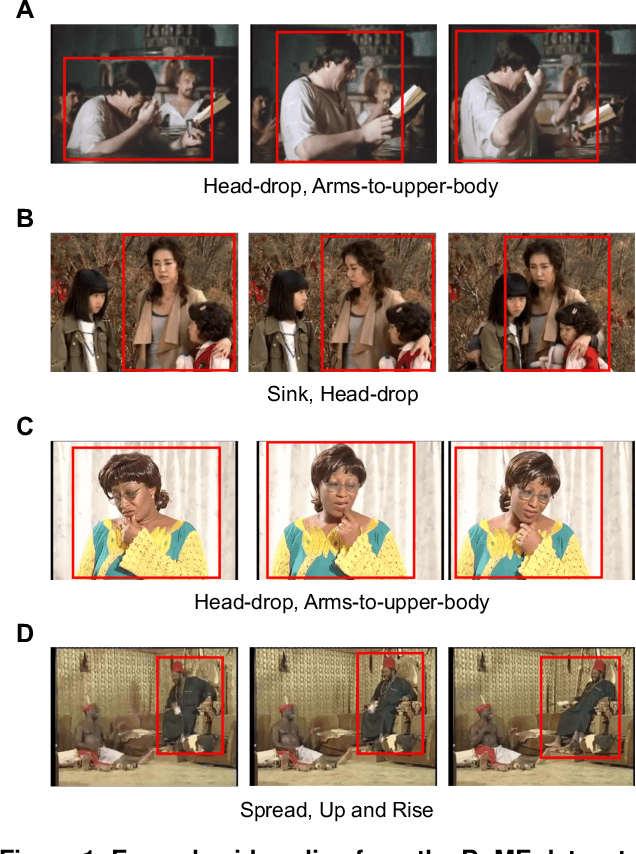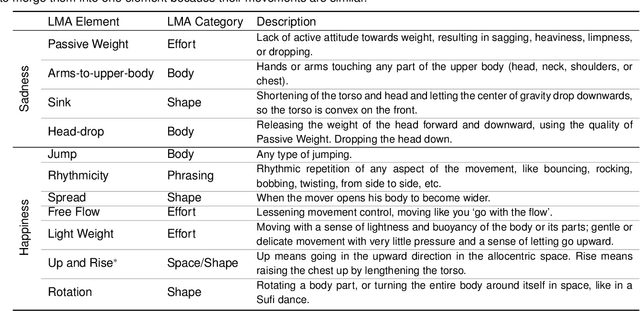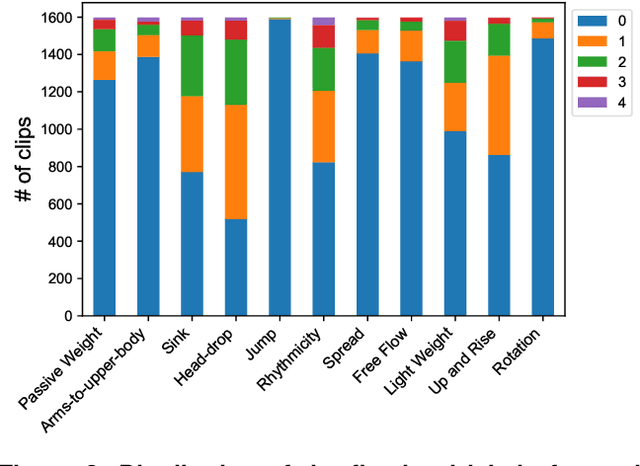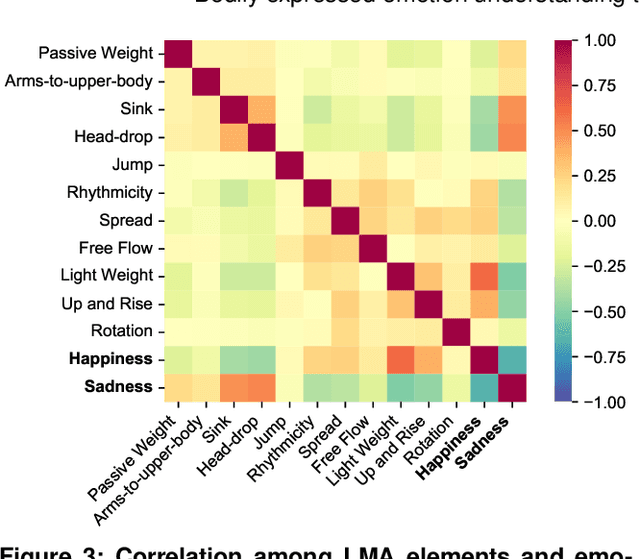Tal Shafir
Unlocking the Emotional World of Visual Media: An Overview of the Science, Research, and Impact of Understanding Emotion
Jul 25, 2023



Abstract:The emergence of artificial emotional intelligence technology is revolutionizing the fields of computers and robotics, allowing for a new level of communication and understanding of human behavior that was once thought impossible. While recent advancements in deep learning have transformed the field of computer vision, automated understanding of evoked or expressed emotions in visual media remains in its infancy. This foundering stems from the absence of a universally accepted definition of "emotion", coupled with the inherently subjective nature of emotions and their intricate nuances. In this article, we provide a comprehensive, multidisciplinary overview of the field of emotion analysis in visual media, drawing on insights from psychology, engineering, and the arts. We begin by exploring the psychological foundations of emotion and the computational principles that underpin the understanding of emotions from images and videos. We then review the latest research and systems within the field, accentuating the most promising approaches. We also discuss the current technological challenges and limitations of emotion analysis, underscoring the necessity for continued investigation and innovation. We contend that this represents a "Holy Grail" research problem in computing and delineate pivotal directions for future inquiry. Finally, we examine the ethical ramifications of emotion-understanding technologies and contemplate their potential societal impacts. Overall, this article endeavors to equip readers with a deeper understanding of the domain of emotion analysis in visual media and to inspire further research and development in this captivating and rapidly evolving field.
Bodily expressed emotion understanding through integrating Laban movement analysis
Apr 05, 2023



Abstract:Body movements carry important information about a person's emotions or mental state and are essential in daily communication. Enhancing the ability of machines to understand emotions expressed through body language can improve the communication of assistive robots with children and elderly users, provide psychiatric professionals with quantitative diagnostic and prognostic assistance, and aid law enforcement in identifying deception. This study develops a high-quality human motor element dataset based on the Laban Movement Analysis movement coding system and utilizes that to jointly learn about motor elements and emotions. Our long-term ambition is to integrate knowledge from computing, psychology, and performing arts to enable automated understanding and analysis of emotion and mental state through body language. This work serves as a launchpad for further research into recognizing emotions through analysis of human movement.
 Add to Chrome
Add to Chrome Add to Firefox
Add to Firefox Add to Edge
Add to Edge